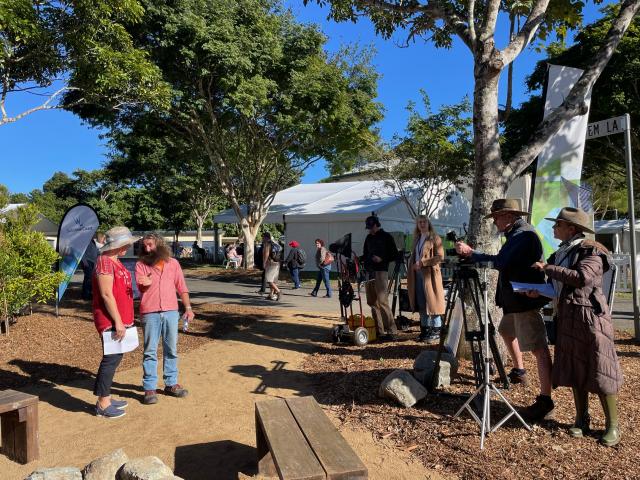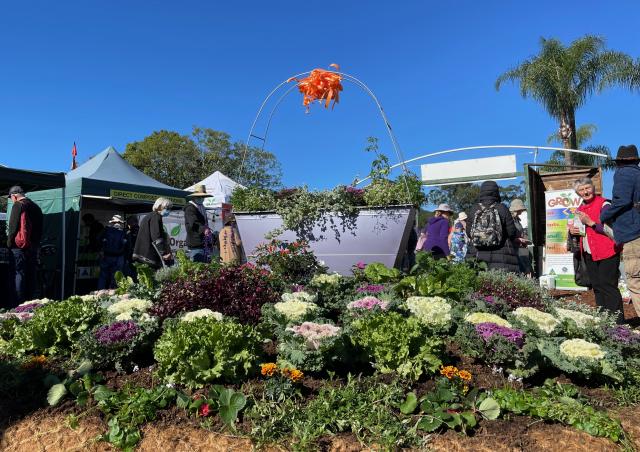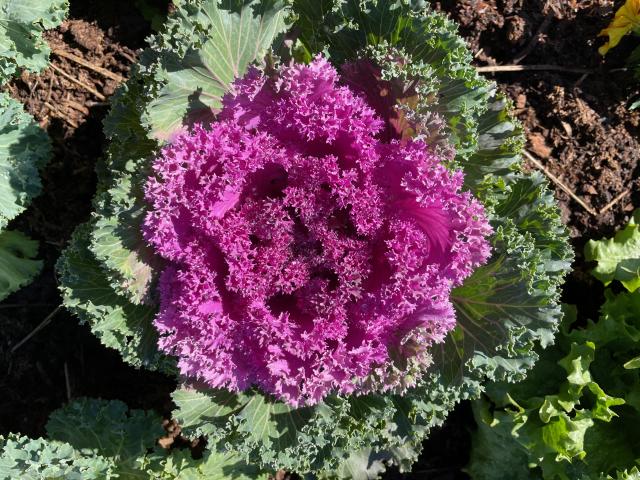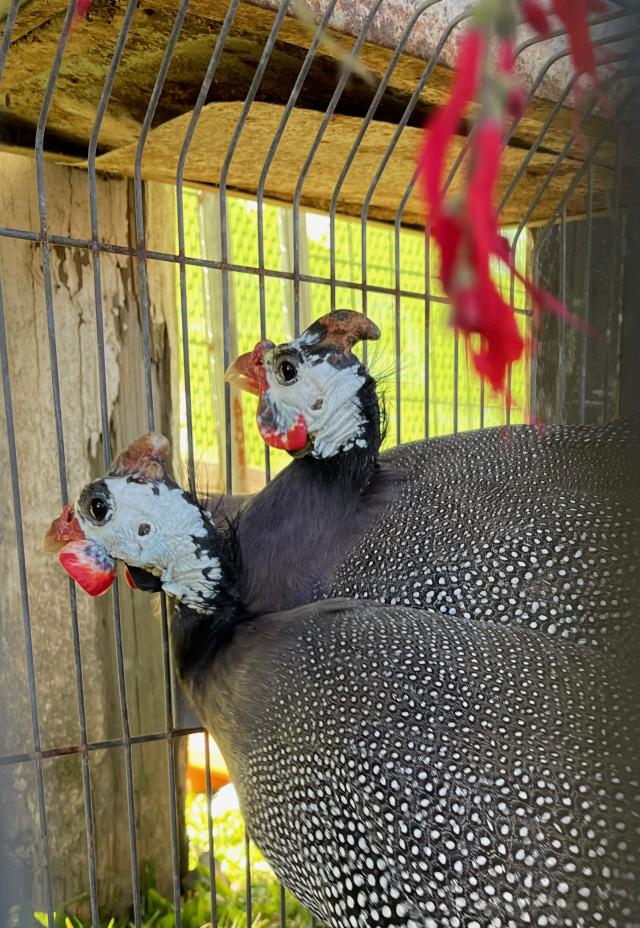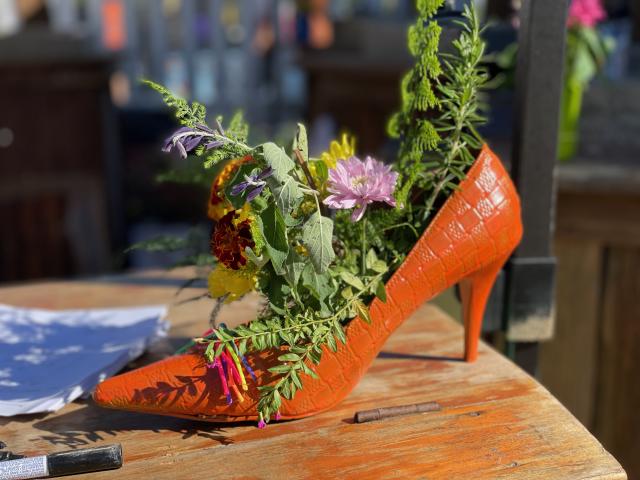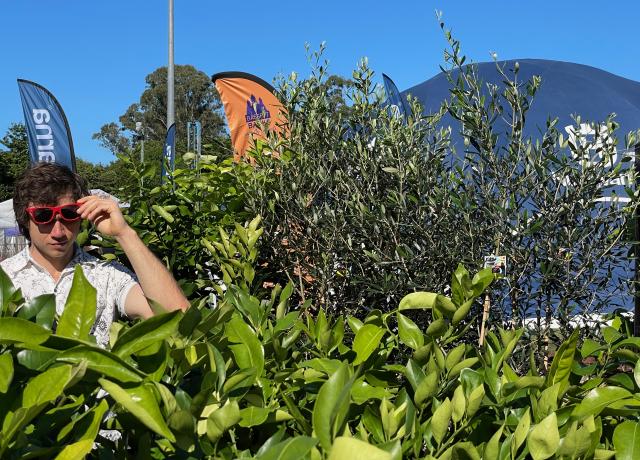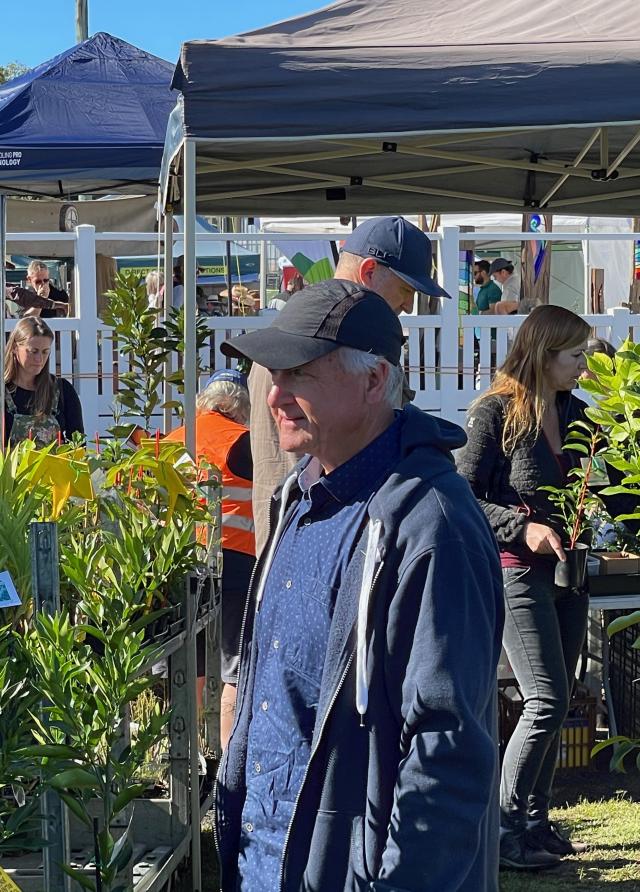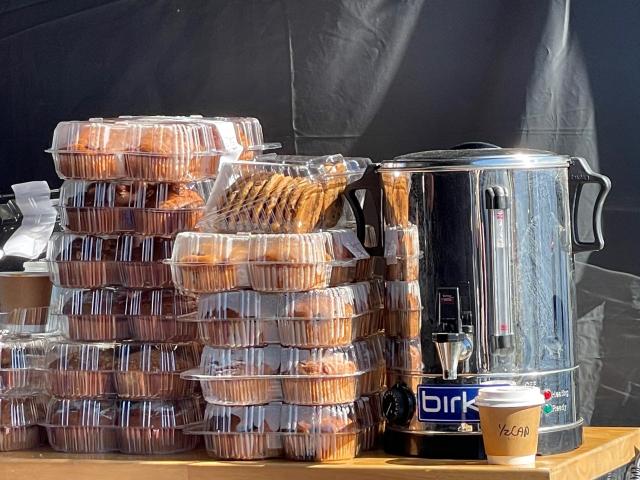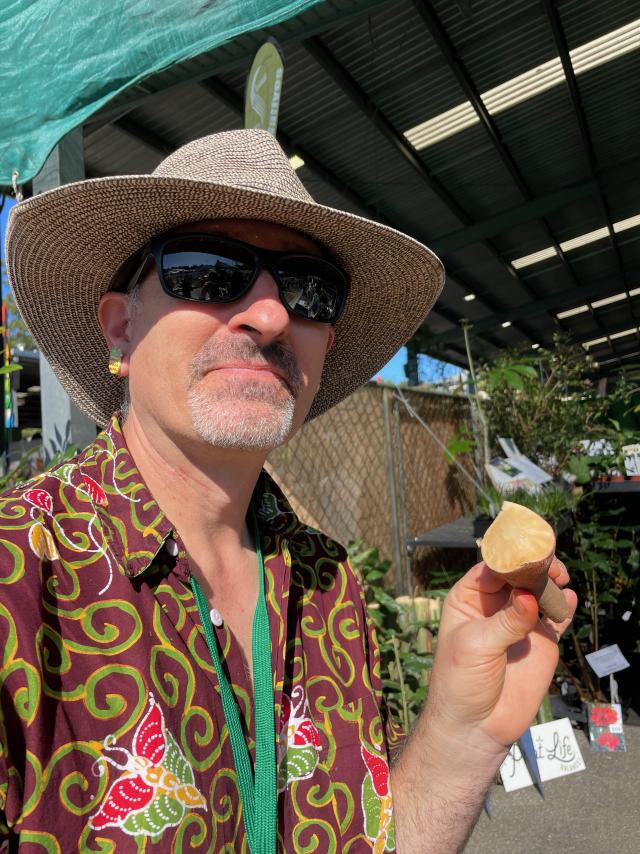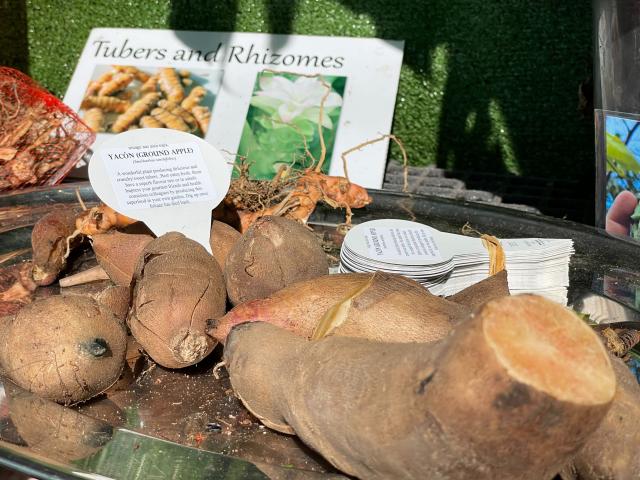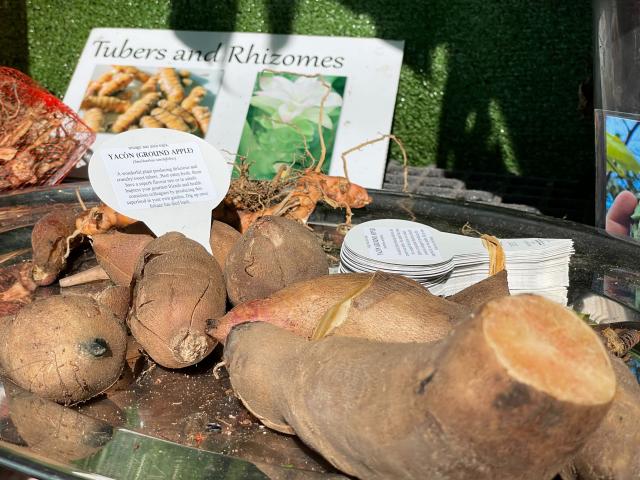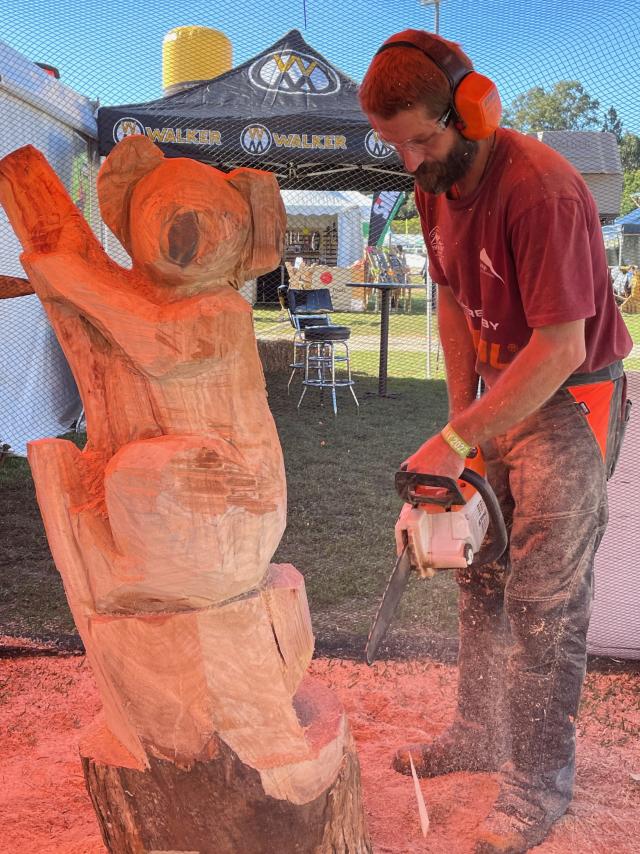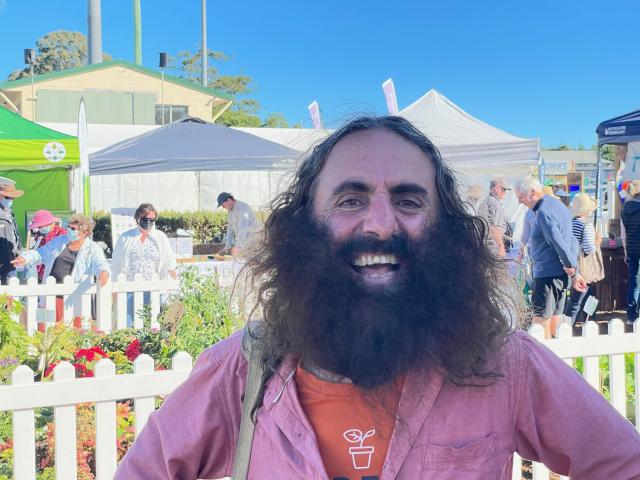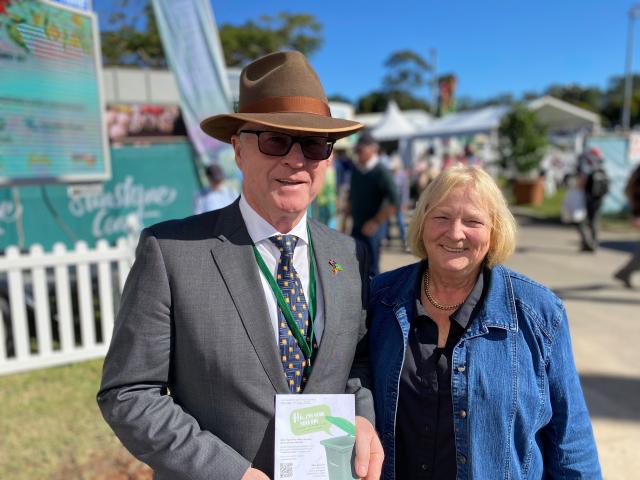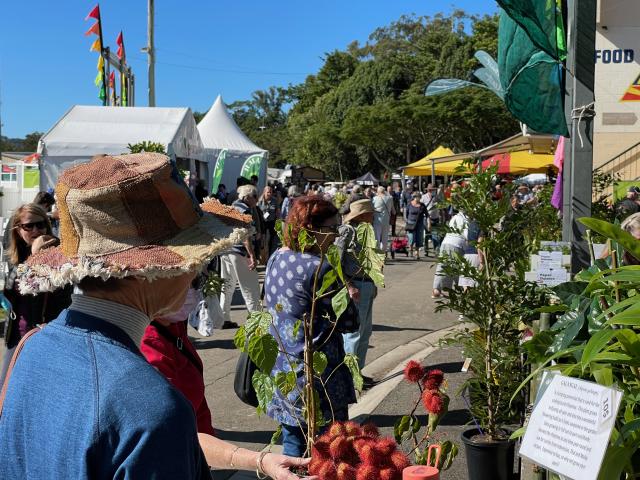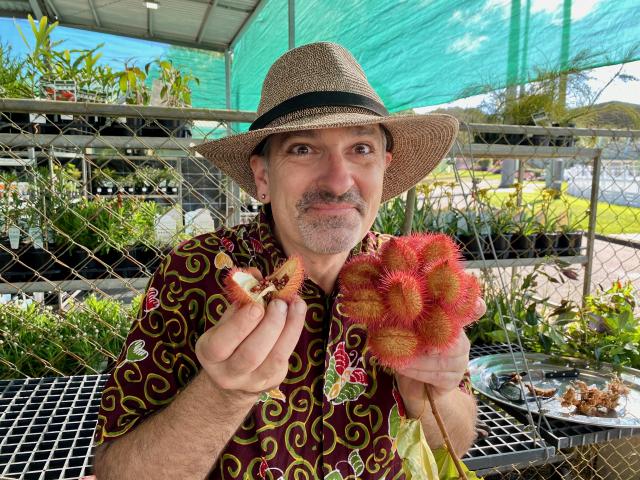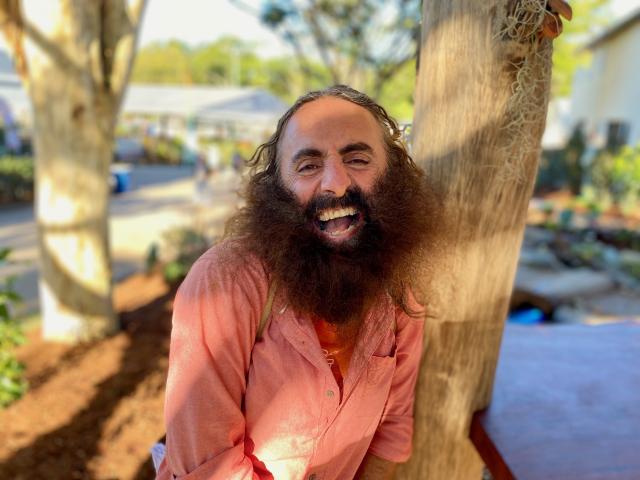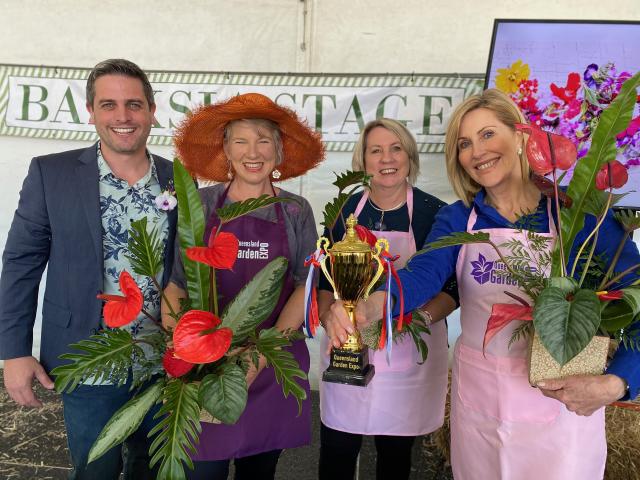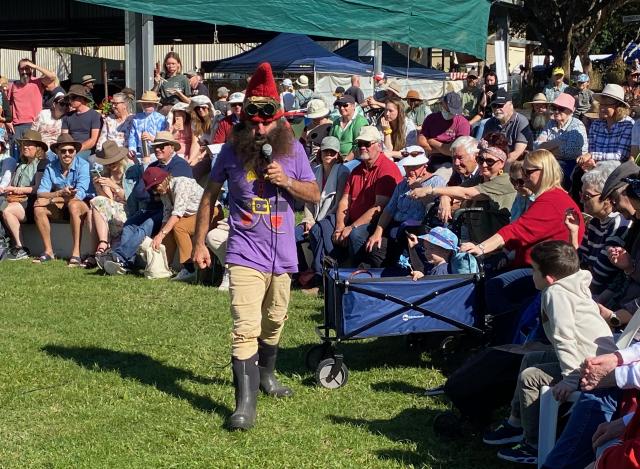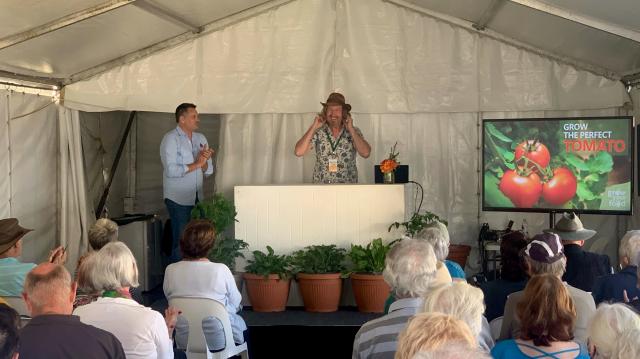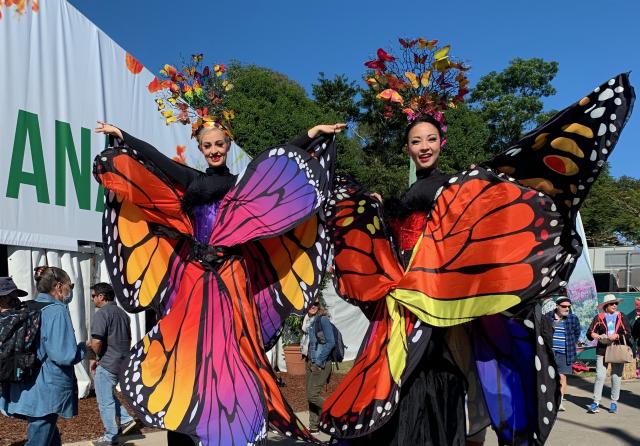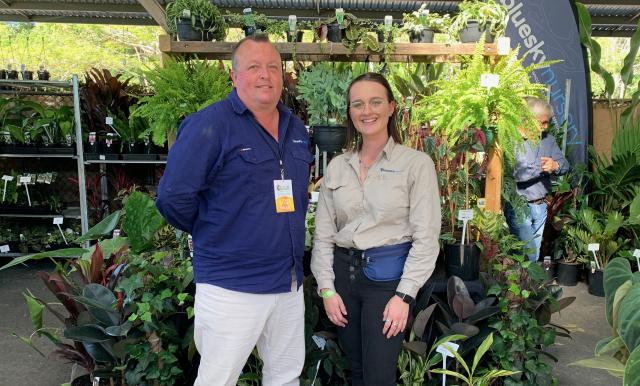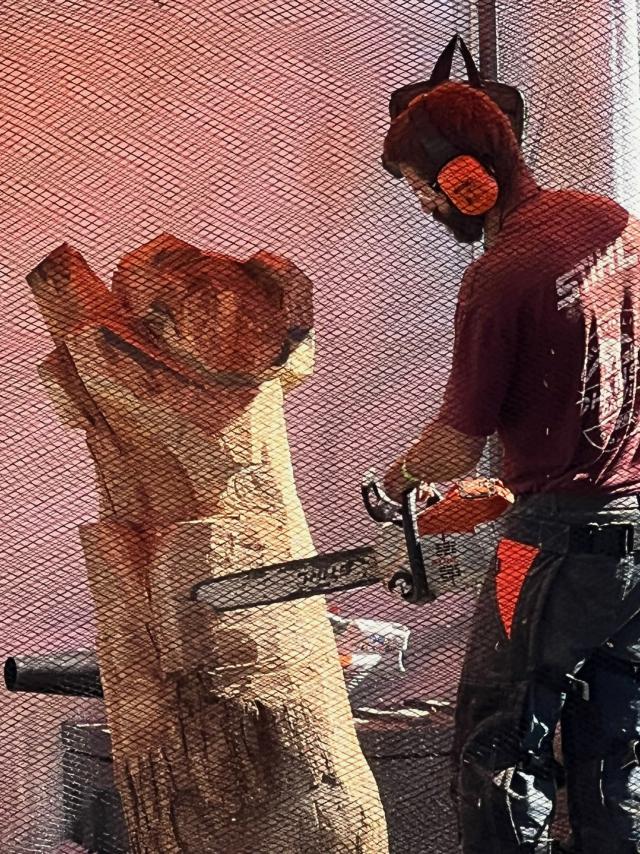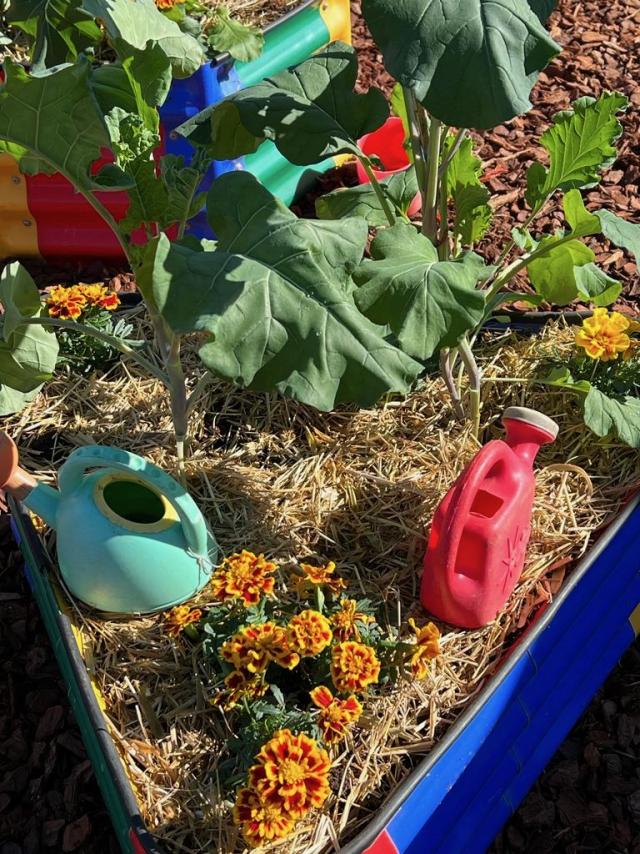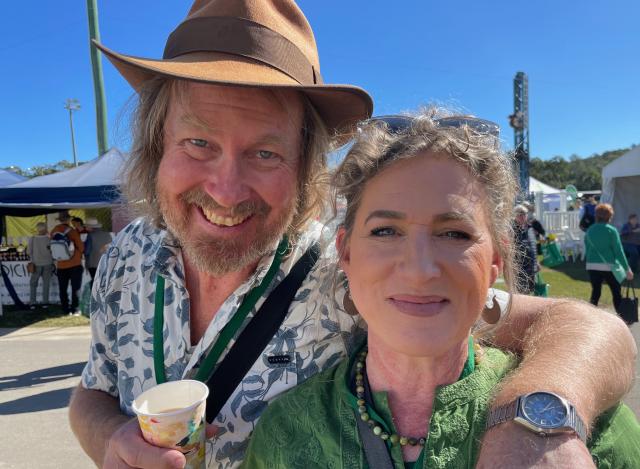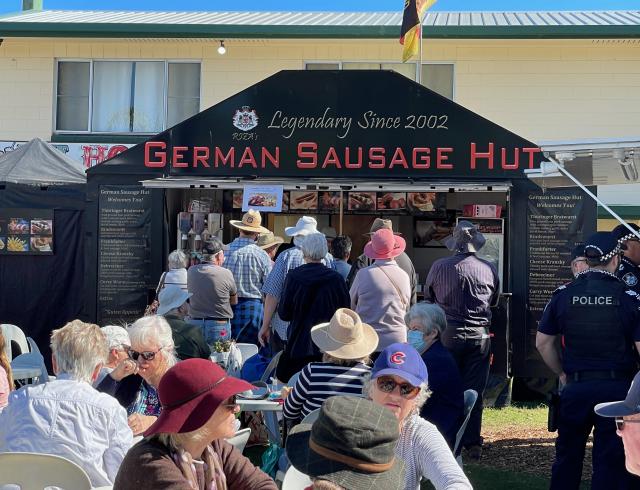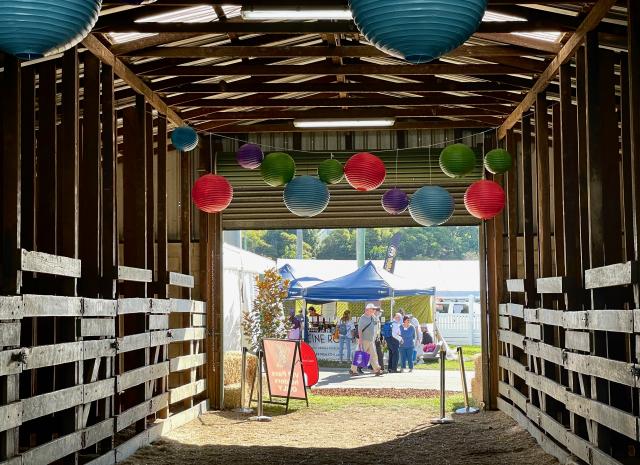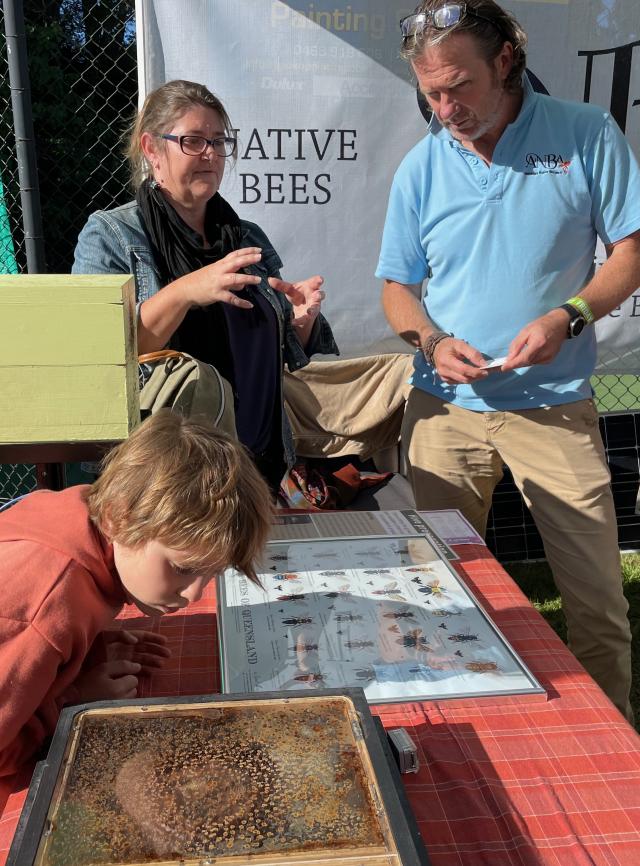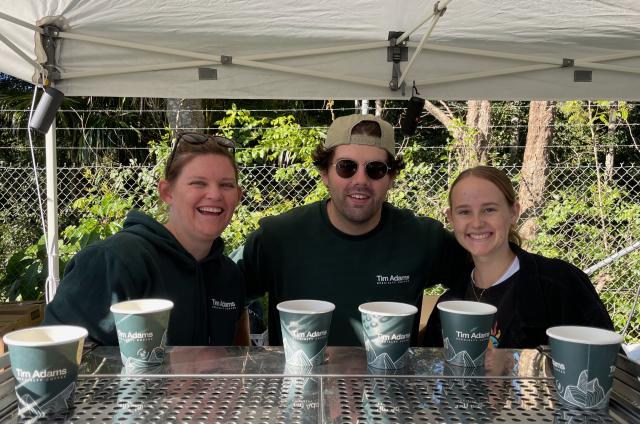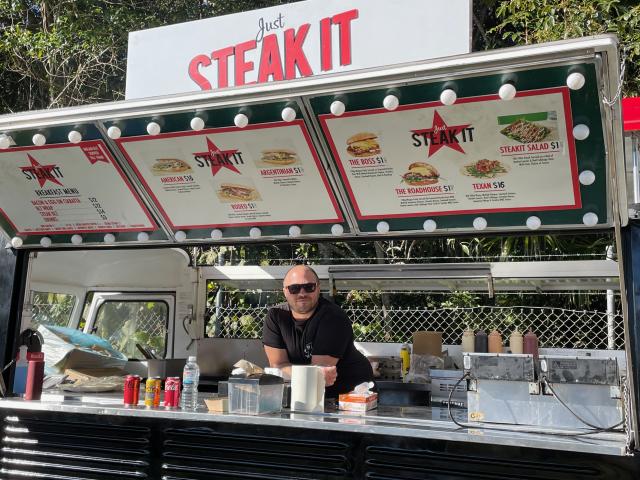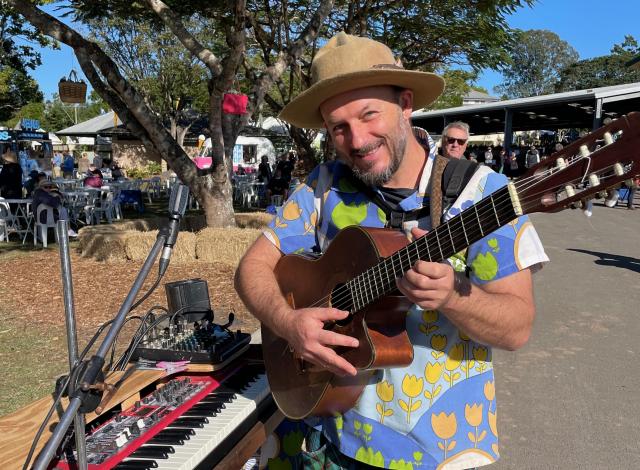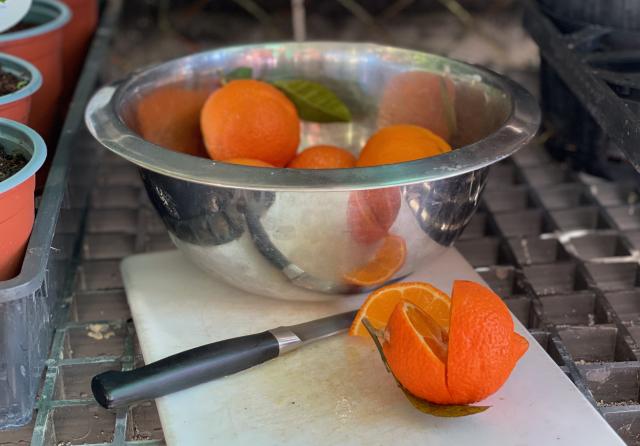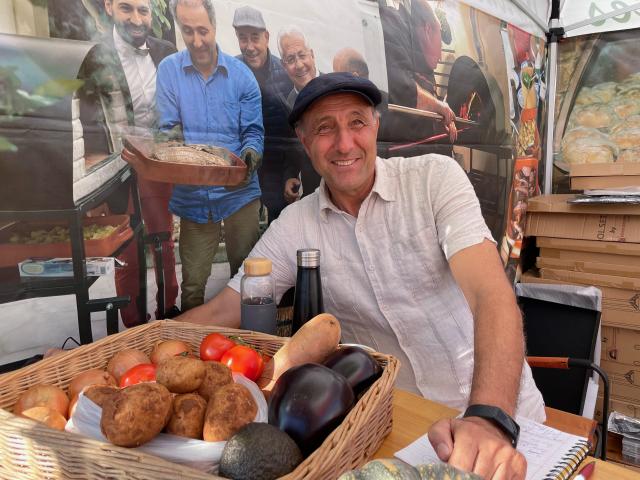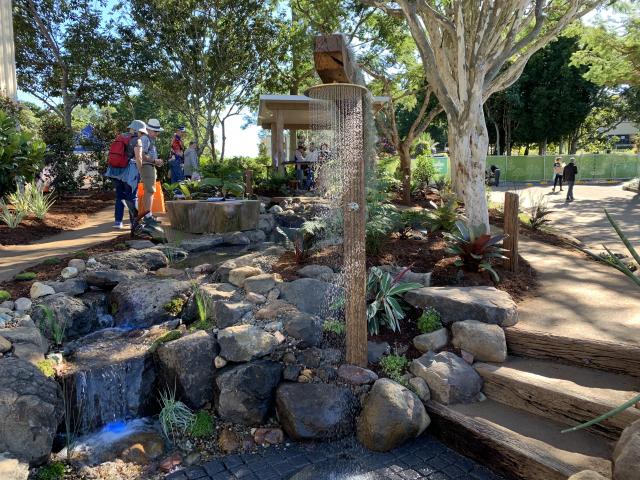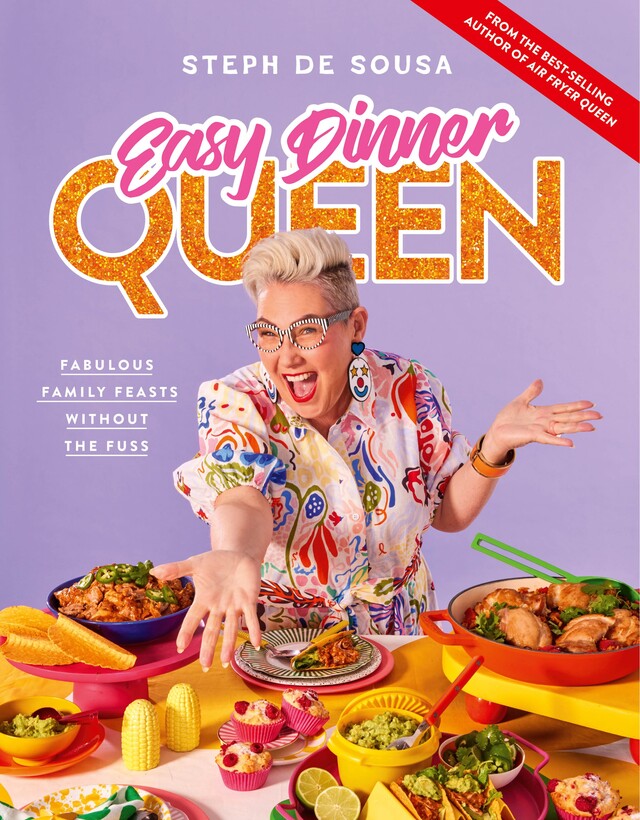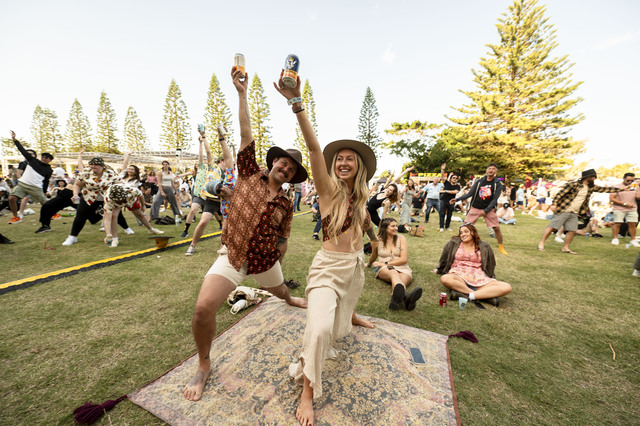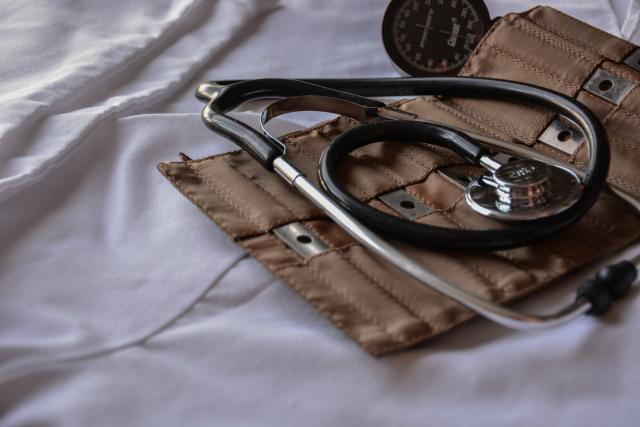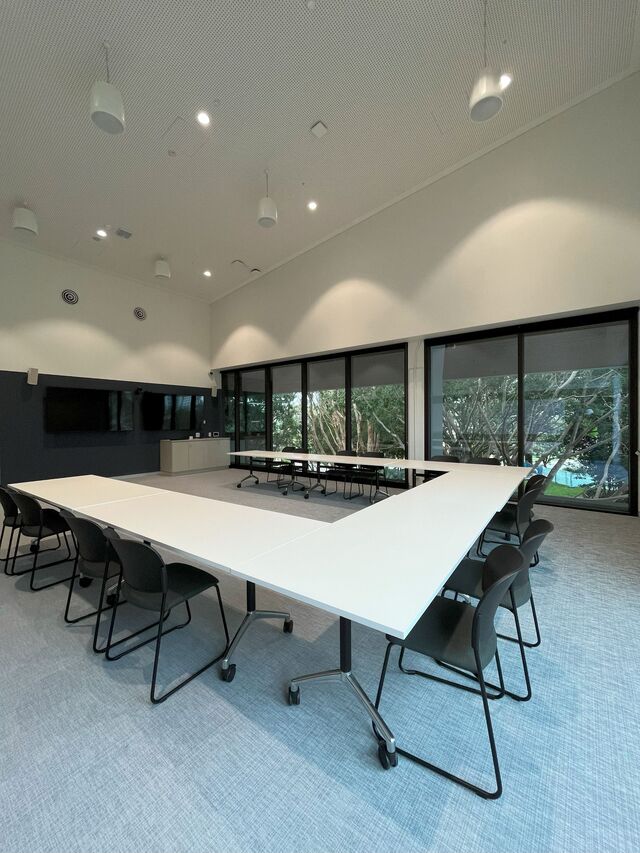The 2022 Queensland Garden Expo at Nambour brought more than tips for beginners as well as those with a green thumb.
After more than two years of interruptions and challenges from the Covid-19 pandemic, as well as damaging weather events, it was time for some rebuilding of confidence and over-coming physical as well as mental fatigue.
Among the gardening gurus from across Australia to attend was crowd favourite Costa Georgiadis and Gardening Australia colleagues Sophie Thomson, Millie Ross, Phil Dudman, Claire Bickle and Kate Wall.
Brilliant blue skies welcomed a record crowd to the three-day event, held at Nambour Showgrounds.
People seemed to be glad to shake off the impact of widespread flooding in the past six months as well as the restrictions on travel from the Covid lockdowns, and the increased cost of living.
The response was a reminder of the value people place on their homes and their gardens.
There were some great conversations throughout the Expo around sustainability, food network security, the simplicity and value of mulching, no-dig gardens, and the value of productive pets such as poultry.
Speakers showed how a kitchen garden could counter rising costs. At the same time they underlined the value of local markets and your independent retail outlets – whether for fruit, vegetables, meat, eggs or seafood.
“Fresh is best,” has again become front of mind for those looking for a healthy lifestyle. Yet local produce also adds to certainty of supply when interruptions such as flooding are coupled with the shortages of workers.
Nearing the entry to the Garden Expo on Day One you could not deny the excitement in the air.
People of all ages, beaming at the clear skies after long periods of rain, were buzzing with anticipation about what would be inside the gates.
It felt like a show for grown-ups … yet parents were also leading their excited little people through the gates ready for an eye-opening experience of all things gardening.
Inside the gates the sheer volume of stalls, presentation marquees, impressive garden displays and of course masses of plants and gardening products was initially overwhelming even for the most avid gardener.
It didn’t take long though to settle into a gardener’s pace – soaking in the sunshine, breathing in the scents of freshly chipped bark and ti-tree mulch, listening to the roaming entertainment and seeking out the first coffee of the day.
What the Expo gave me was ideas, information and enthusiasm. It underlined the importance of fresh food and the difference it can make to our health.
And it showed that people have a real thirst for knowledge about all things gardening.
Event manager Marion Beazley welcomed the 37th expo after the COVID-19 pandemic forced it to be cancelled in 2020, and restrictions created road barriers for some of the key speakers to attend last year’s event.
“We know plant sales skyrocketed throughout the pandemic, with more than 2.2 billion plants produced and sold in Australia in 2019-20 as a result of more people spending time at home and creating their own garden sanctuaries.
“People have taken to their gardens to grow their own food and to create wonderful spaces to relax.”
Organisers were anticipating the biggest crowd yet, with an estimated 15,000 people expected to flood through the gates each day.
About 65 percent of visitors who attend the Expo come from outside the region – which equates to a direct economic impact of more than $10million to the region.
Among the most popular attractions were the Giant Kitchen Garden, which is a collaboration of many gardening and permaculture groups.
Another was the Plant Clinic, where visitors can ask any question – from bringing in leaves of photos for identification, to getting free advice related to a garden or indoor plants.
Cooking demonstrations are always popular, especially when it involves home-grown fruits and vegetables.
The more exotic edible plants are another topic of interest.
Brisbane gardening guru Kate Wall was on hand to share her wealth of knowledge on how to make a positive impact to climate change.
This included advice on how to repair gardens after severe weather events, such as the damaging floods in Gympie, Brisbane and Lismore.
Her first-hand knowledge of such events made it clear about the benefits a garden can make to a person’s well-being as well as the physical make-up of their yard.
Another topic Kate spoke about was weeds or unwanted plants, and that an unkept, uncultivated backyard is often full of food – especially edible greens.
“Weeds tend to be much maligned by gardeners, and indeed too much of our precious gardening time and energy seems to be devoted to pulling them out, spraying them or otherwise trying to rid our gardens of them,” she said.
“The key is to manage weeds in your garden in such a way that they are useful and don’t pose a threat to the wider environment.
“For example, sow thistle, plantain and chickweed are all edible weeds and make a delicious addition to foods such as pesto.”
Sharing his love of gourmet edible plants at this year’s Queensland Garden Expo was Dr Kevin Redd, who grows a wide range of plants at his boutique nursery and demonstration gardens on the Sunshine Coast.
Over the weekend he covered everything from roots and rhizomes, to how to grow, harvest and cook garden superfoods such as turmeric.
Part of this year’s Queensland Garden Expo was the Horticultural Media Association Australia Laurel Awards, held at the Nambour Showground on the Saturday evening.
This year, six Laurel Awards were presented, covering books, visual presentations, audio presentations and published articles, as well as two honour awards.
Among the Expo speakers recognised for their efforts in gardening media were Millie Ross, who took home the Visual Laurel, Phil Dudman, who won the Article Laurel, and Kate Wall, who was named this year’s winner of the Anita Boucher Laurel.
Other winners included Trevor Nottle, who claimed this year’s Gold Laurel, Chloe Thomson, for the Audio Laurel, and Daniel Austin, winning the Book Laurel.
CROWD FAVOURITE RETURNS
Landscape architect and media personality Costa Georgiadis made his first return to the Garden Expo since 2018.
The crowd favourite, and host of Gardening Australia, narrowly missed last year’s event due to Covid lockdowns where he lives in Sydney.
The Gardening Australia production team were filming at this year’s event.
He said a lot more people were getting into their gardens.
“There is a reason this event attracts gardeners from across the country, as it gives everyone from absolute novices to those with years of experience direct access to some of the best gardening minds in the land.”
During the weekend Costa adopted the persona of the Garden Gnome for nature walks and nature gallery art, as well as his rocking compost activity – which is a favourite of children with little green thumbs.
COSTA’S TOP 5 TIPS FOR BEGINNER GREEN THUMBS
Journal Time: Invest in an old school exercise book so you can start a garden journal. In this you can record simple little things so that you have a benchmark to look back on and say, wow look how far I have come. Note really basic things like the day you start the journal, when you begin your first project, what you first planted, where you got it from. It’s these little details that build into a garden manifesto of your own, a real-life local manual of what you have done and how far you have come. You can do it digitally too, but I would insist that you make it tactile and analog so you can just add to it and flick through the pages – as you like to see the things that unfold over time. It’s too easy to forget those gold early learning moments and reference points.
Photo Records: Take pictures of what you do and do it at regular intervals from fixed locations so you have reference points for growth but also time. It is the best way to see how things are going and growing and it gives you a marker to refer to in following seasons to see when and how things are growing compared to previous years.
Make Some Garden Connections: Find your local botanic gardens and watch what is growing and what is in flower or fruit for the season. By making regular visits across seasons you can add images and notes to your diary and start to build up a variety of plants in your garden that are going to be in flower across the seasons. In this way you are building a level of biodiversity in your garden that is caring for all the pollinators all year round. Your local community garden is a great place to visit and meet locals who will be able to share and encourage you to take appropriate growing steps to your local conditions. www.communitygarden.org.au
Nurseries: Find and build a relationship with your local garden nurseries as well as any native plant nurseries that are in the region. This is so you can access local/endemic plant species, those plants native to your local area. Many of these nurseries are looking for volunteers and this is a great way to learn propagating skills so that you can grow things from cuttings and seed. Most botanic gardens have growing friends groups that will welcome you aboard.
Do Your Research: There is so much information available online and through social media but like anything don’t get caught too far down rabbit holes and lose sight with the practical aspect of just getting out there and having a grow. There are so many places to gather information to build your skills and database. Don’t be shy – connect and ask questions.

